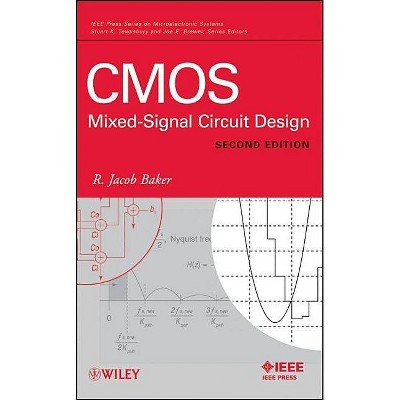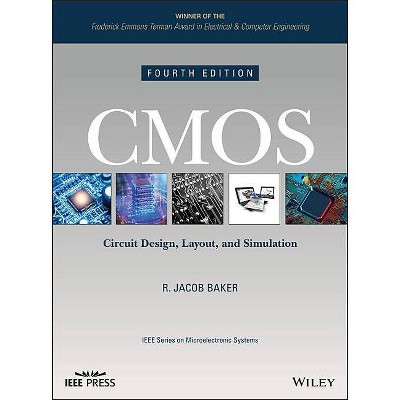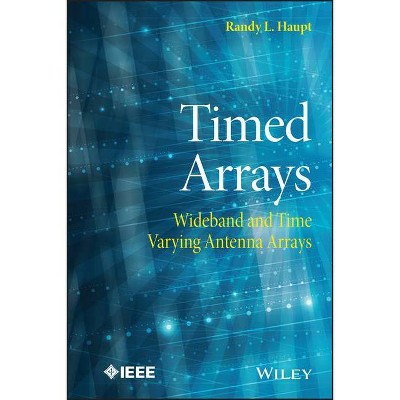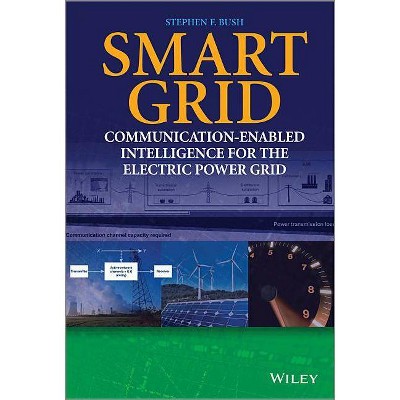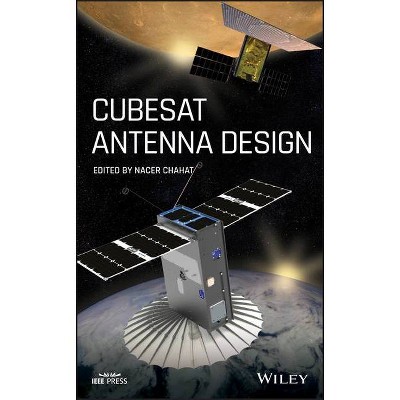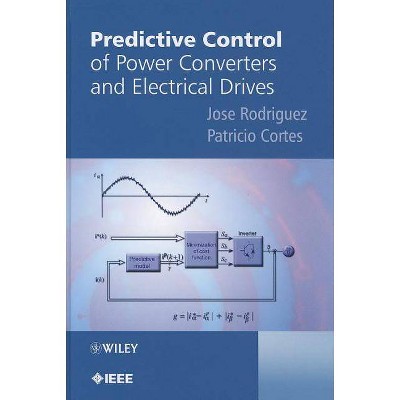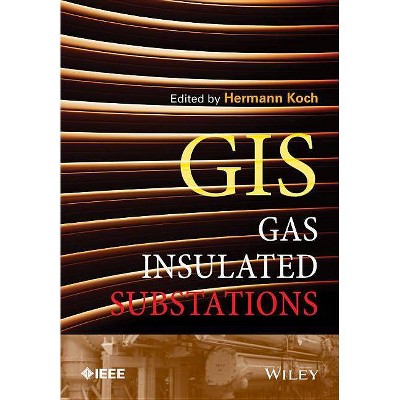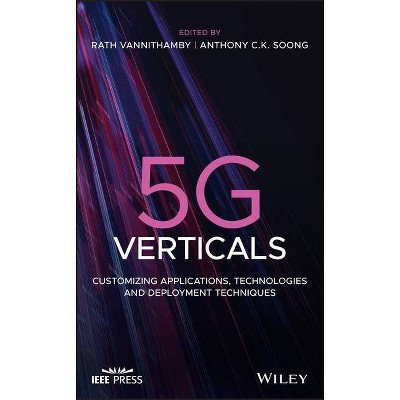Microphone Acousitc Array Sys - (IEEE Press) by Mingsian R Bai & Jeong-Guon Ih & Jacob Benesty (Hardcover)
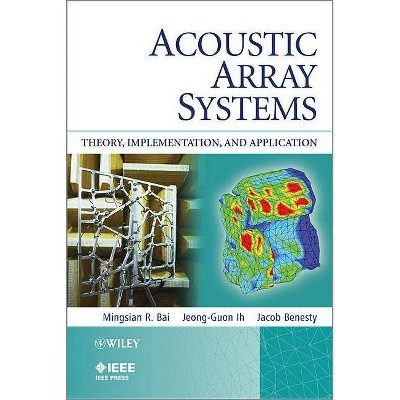
Similar Products
Products of same category from the store
AllProduct info
<p/><br></br><p><b> Book Synopsis </b></p></br></br><p><b>Presents a unified framework of far-field and near-field array techniques for noise source identification and sound field visualization, from theory to application.</b></p> <p><i>Acoustic Array Systems: Theory, Implementation, and Application</i> provides an overview of microphone array technology with applications in noise source identification and sound field visualization. In the comprehensive treatment of microphone arrays, the topics covered include an introduction to the theory, far-field and near-field array signal processing algorithms, practical implementations, and common applications: vehicles, computing and communications equipment, compressors, fans, and household appliances, and hands-free speech. The author concludes with other emerging techniques and innovative algorithms.</p> <ul> <li>Encompasses theoretical background, implementation considerations and application know-how</li> <li>Shows how to tackle broader problems in signal processing, control, and transudcers</li> <li>Covers both farfield and nearfield techniques in a balanced way</li> <li>Introduces innovative algorithms including equivalent source imaging (NESI) and high-resolution nearfield arrays</li> <li>Selected code examples available for download for readers to practice on their own</li> <li>Presentation slides available for instructor use</li> </ul> <p>A valuable resource for Postgraduates and researchers in acoustics, noise control engineering, audio engineering, and signal processing.</p><p/><br></br><p><b> From the Back Cover </b></p></br></br><p>Previously, microphone arrays were used extensively used in beam-forming and estimation of source direction in speech enhancement problems. In Acoustic Array Systems: Theory, Implementation, and Application, the authors cover two other relatively less addressed problems: noise source identification and sound field visualization. Specifically, using these techniques, one is able to locate and even quantify noise sources. In addition, sound field distribution can be "visualized" by calculating the acoustical variables: pressure, particle velocity, and sound intensity. With comprehensive treatment of microphone arrays, the book covers an introduction to the theory, far-field and near-field array signal processing algorithms, practical implementations, and common applications, such as vehicles, computing and communications equipment, compressors, fans, and household appliances. The authors conclude with other emerging techniques and innovative algorithms.</p> <p>This book is ideal for postgraduates and researchers in acoustics, noise control engineering, audio engineering, and signal processing. It will also be helpful to practicing engineers in automotive, information, telecommunications, consumer electronics, cloud computing, and aerospace industries.<br /> <br /> </p> <ul> <li>Encompasses theory, implementation considerations and application know-how</li> <li>Provides theoretical background necessary for acoustic array systems</li> <li>Covers both farfield and nearfield techniques in a balanced way</li> <li>Introduces innovative algorithms including equivalent source imaging (NESI) and high-resolution nearfield arrays</li> <li>Selected code examples available for download for readers to practice on their own</li> <li>Presentation slides available for instructor use</li> </ul><p/><br></br><p><b> About the Author </b></p></br></br><p><b>Mingsian R. Bai, </b>National Tsing Hua University, Taiwan</p> <p><b>Jeong-Guon Ih, </b>Korea Advanced Institute of Science and Technology (KAIST), South Korea</p> <p><b>Jacob Benesty, </b>University of Quebec, Canada</p>
Price History
Price Archive shows prices from various stores, lets you see history and find the cheapest. There is no actual sale on the website. For all support, inquiry and suggestion messagescommunication@pricearchive.us
